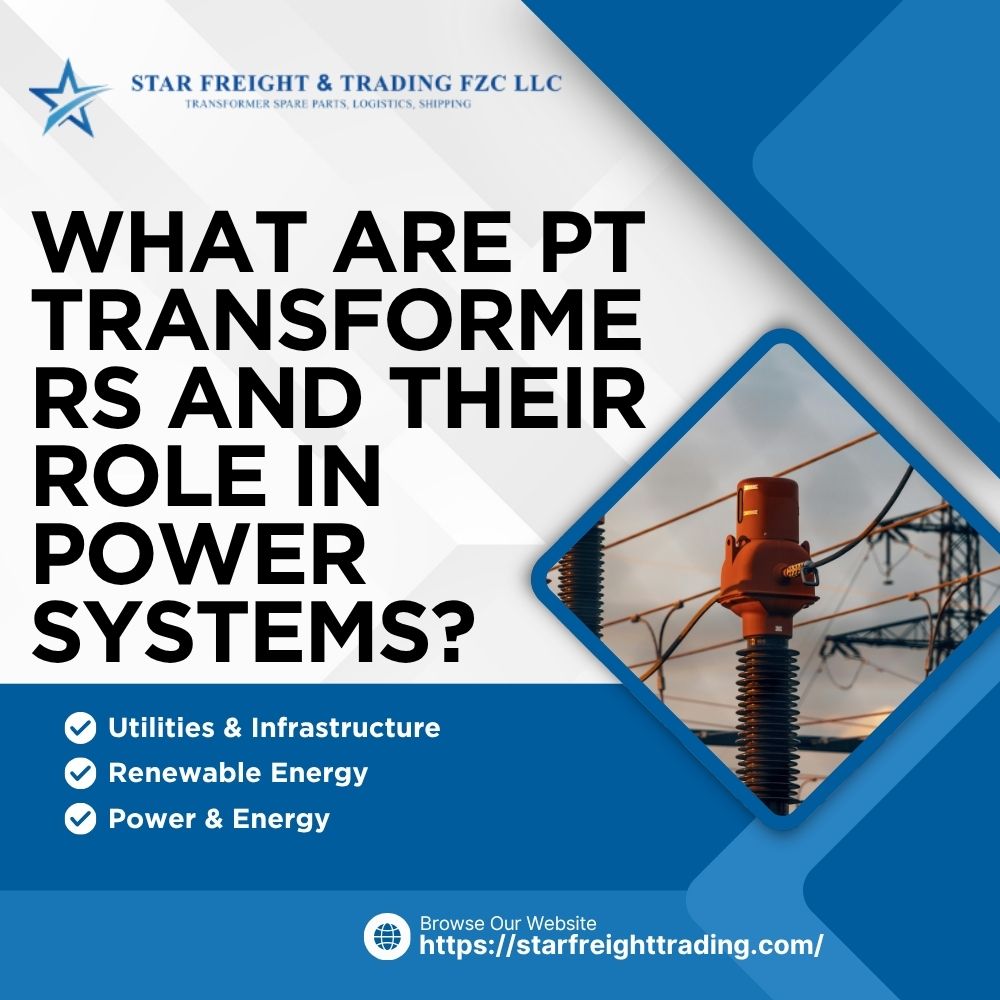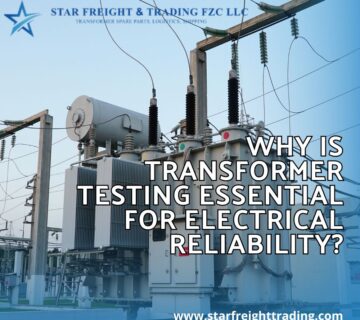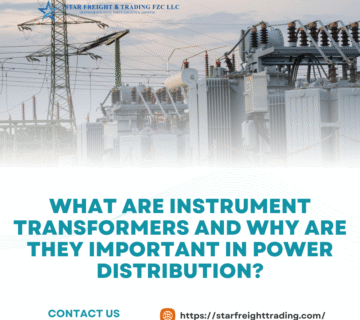Have you ever wondered how engineers safely measure the high voltages flowing through power lines without getting shocked? That’s where PT transformers come in! These small but powerful devices play a huge role in keeping our power systems safe and working smoothly.
What Does “PT Transformer” Mean?
PT stands for Potential Transformer. It’s also sometimes called a Voltage Transformer (VT).
A PT is a type of instrument transformer which means it’s used for measurement and protection, not for transferring power like normal transformers.
In simple words, a PT transformer reduces high voltages (like thousands of volts) down to a much smaller, safer level (like 110V or 120V). This makes it easier for meters, relays, and control systems to measure or monitor the voltage without getting damaged. Our Services
How Does a PT Transformer Work?
A PT works on the same principle as a normal transformer electromagnetic induction.
It has two windings:
Primary winding: connected to the high-voltage line.
Secondary winding: gives a smaller, proportional voltage output.
For example, if the primary voltage is 11,000 volts and the PT ratio is 100:1, the secondary voltage will be 110 volts. This lower voltage can easily be handled by instruments and control equipment.
Role of PT Transformers in Power Systems
PT transformers are essential in power systems for three main reasons:
- Voltage Measurement
They allow engineers to measure and monitor high voltages safely. The reduced secondary voltage helps instruments display accurate readings without being exposed to dangerous levels.
- Protection
PTs send voltage signals to protective relays, which detect faults like short circuits or abnormal voltage drops. If something goes wrong, these relays can automatically trip circuit breakers to protect equipment and people.
- Control and Automation
In modern power systems, PTs are used in automatic control systems that keep electricity stable and balanced. They help maintain voltage levels and ensure smooth power delivery to homes and industries.
Why Are PT Transformers Important?
Without PTs, measuring or monitoring high voltages directly would be risky and expensive. PT transformers make the system:
Safe – because the voltage is reduced to a manageable level.
Accurate – by maintaining a precise voltage ratio.
Reliable – helping relays and meters work efficiently.
How is a PT transformer different from a normal power transformer?
A PT transformer, also called a Potential Transformer, is quite different from a normal power transformer in its purpose and design. A PT transformer is mainly used for measuring voltage safely in high-voltage power systems. It reduces high voltage (like thousands of volts) down to a small, known value (like 110V or 220V) that can be easily measured by meters or instruments. On the other hand, a power transformer is used to transfer electrical energy from one circuit to another at different voltage levels for example, stepping up voltage for transmission or stepping it down for home or industrial use. In simple words, PT transformers help in measurement and protection, while power transformers are used for power transmission and distribution. Our Products
Where are PT transformers used?
Here’s a simple and clear list of where Potential Transformers (PTs) are used:
- Electric power stations:
To measure high voltages safely by converting them into smaller, measurable values. - Industrial plants:
Used in control panels and switchgear to monitor voltage levels of machines and systems. - Substations:
For voltage measurement and protection in transmission and distribution networks. - Electrical testing equipment:
To test and calibrate meters and relays that work with high voltage. - Protection systems:
PTs help protection relays detect abnormal voltage conditions (like overvoltage or undervoltage). - Power distribution systems:
Used by electricity boards to monitor voltage supplied to homes and businesses. - Energy metering systems:
Help in accurate voltage measurement for billing and monitoring energy usage.
What happens if a PT transformer fails?
If a PT transformer (Potential Transformer) fails, it can cause several problems in a power system. A PT is used to reduce high voltage to a lower, safer level so that meters, relays, and control devices can work properly. If it fails, the system will not get accurate voltage readings, which can lead to wrong measurements or false signals to protective devices. This might cause power outages, equipment damage, or malfunctioning of protection systems. In some cases, a PT failure can also create sparks, smoke, or short circuits, which are dangerous for nearby equipment and people. That’s why PT transformers are regularly checked and maintained to ensure they stay in good working condition. Blogs
Why is accuracy important in PT transformers?
Accuracy is very important in PT (Potential Transformers) because they are used to measure and monitor the voltage in power systems. If a PT is not accurate, it can give the wrong voltage readings, which can cause serious problems. For example, protection relays and meters depend on these readings to make decisions. If the voltage shown is too high or too low compared to the real value, it can lead to false tripping of equipment or failure to detect faults. Accurate PTs help ensure that the power system works safely, efficiently, and reliably. They also make sure that the data used for billing, control, and monitoring is correct, avoiding losses or misunderstandings.
Conclusion
PT transformers may look small compared to giant power transformers, but their job is incredibly important. They act like the eyes of the power system, helping engineers “see” what’s happening in high-voltage networks safely and clearly. Visit Website
Frequently Ask Questions
1. What types of transformers do you manufacture?
We produce power transformers, distribution transformers, and custom-designed units for various industrial and commercial needs.
2. What capacities do your transformers cover?
Our transformers range from small distribution models to high-capacity power units, designed to meet specific voltage and load requirements.
3. Do you offer custom transformer designs?
Yes. We can design and build transformers based on your technical specifications and operational requirements.
4. How do you ensure product quality and reliability?
All transformers undergo strict quality control, testing, and compliance with international standards such as IEC and ISO.
5. What after-sales services do you provide?
We offer installation support, maintenance, testing, and repair services to ensure long-term performance and reliability.
6. How can I get a quote or place an order?
You can contact our sales team with your requirements. We’ll provide a detailed quotation and estimated delivery timeline.





No comment